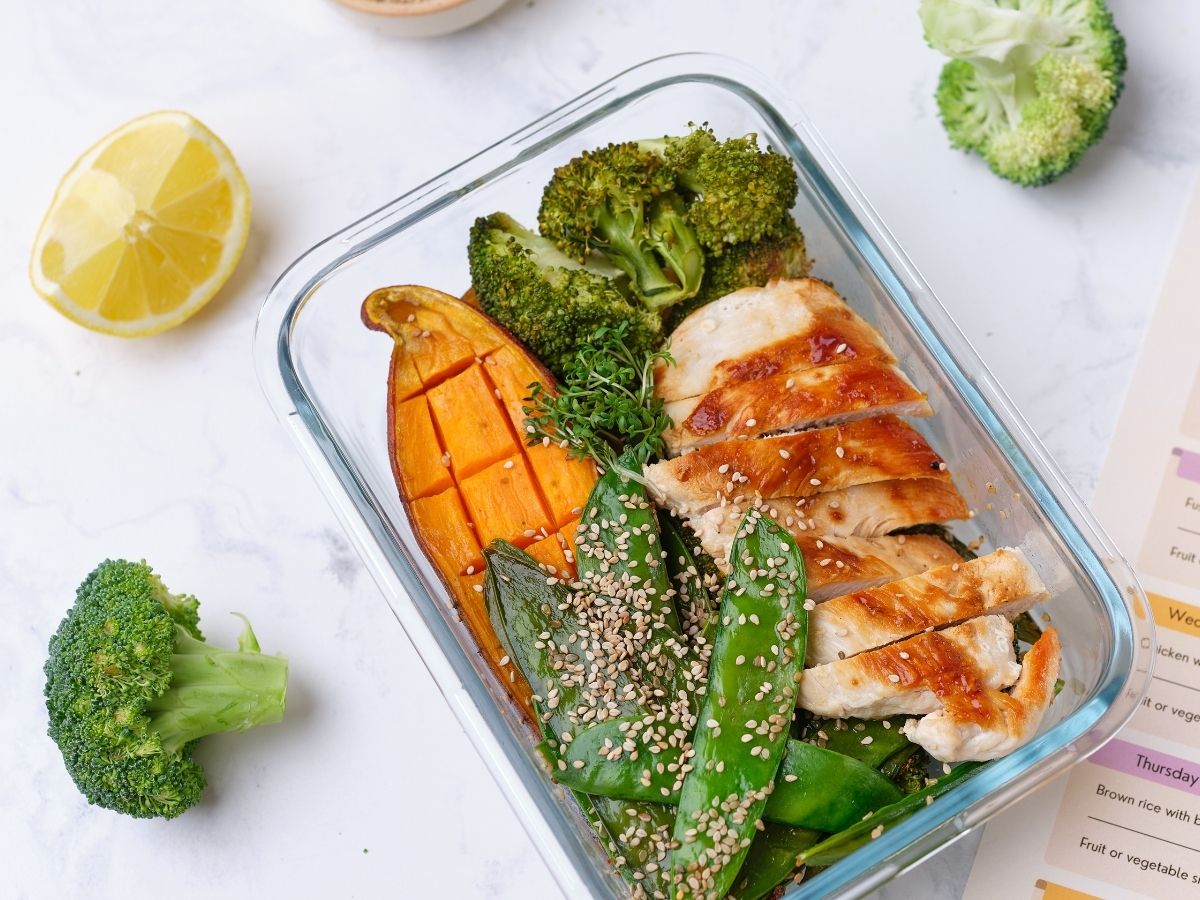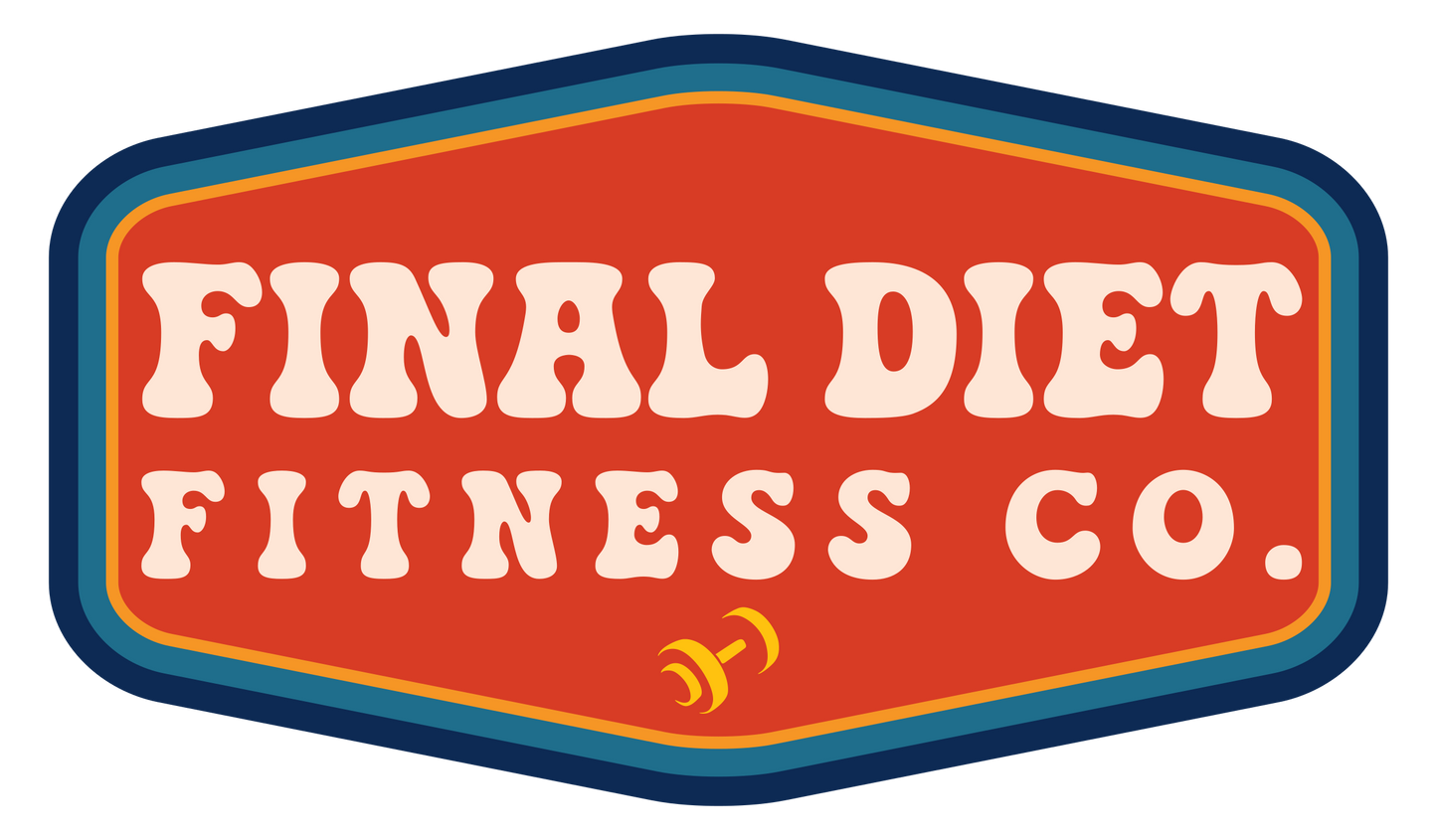
Why Feeling Full Is the Key to Sustainable Weight Loss
TLDR
You don’t need to starve to lose fat. The most successful fat-loss plans focus on satiety—how full and satisfied food makes you feel. Choosing high-protein, high-fiber, and minimally processed foods helps you control hunger, stay consistent, and naturally eat fewer calories without obsession or restriction.
Why Most Diets Fail
Most diets don’t fail because people don’t know what to eat—they fail because people are hungry.
When hunger and cravings stay high, willpower eventually breaks. The key to long-term fat loss isn’t more restriction—it’s eating foods that keep you satisfied for hours.
What Is Satiety?
Satiety is the feeling of fullness and satisfaction after eating. It determines how long you can go before wanting to eat again.
Foods differ widely in how satiating they are—even at the same calorie level.
The most satiating meals are typically:
- High in protein (chicken, Greek yogurt, fish, eggs)
- Rich in fiber (vegetables, oats, beans, fruit)
- Low in added sugar and refined fats
- High in volume but moderate in calories (soups, salads, lean protein bowls)
Why Satiety Matters for Fat Loss
Fat loss requires a calorie deficit, but how you get there makes or breaks consistency.
When you focus on satiety:
- You naturally eat fewer calories without constant hunger
- You avoid binge cycles caused by crash diets
- You retain muscle because higher protein supports recovery and metabolism
Satiety helps create what every good nutrition plan needs: adherence.
A plan only works if you can stick to it.
How to Build a High-Satiety Meal
Use this simple framework for meals that fill you up and support fat loss:
-
Start with Protein (the anchor):
Aim for 25–40g per meal. Protein slows digestion and boosts satiety hormones like peptide YY and GLP-1. -
Add Volume with Vegetables:
Fill half your plate with fibrous veggies for fullness and nutrients at low calorie cost. -
Include Smart Carbs:
Choose high-fiber carbs like oats, sweet potatoes, or brown rice. They provide steady energy and help control appetite. -
Don’t Fear Fat—Use It Wisely:
Add a small amount (like olive oil, avocado, or nuts) for flavor and absorption of fat-soluble vitamins. -
Hydrate:
Thirst can often feel like hunger. Water-rich foods and fluids help control appetite.
Examples of High-Satiety Meals
- Greek yogurt + berries + oats + whey protein
- Chicken breast + rice or quinoa + broccoli
- Omelet with vegetables + a side of fruit
- Shrimp stir-fry + rice + mixed vegetables
- Salmon + roasted potatoes + spinach
Each of these meals is high in protein and fiber, moderate in calories, and naturally filling.
Low-Satiety Foods to Limit
Some foods are calorie-dense but not filling:
- Chips and crackers
- Pastries and sweets
- Fried foods
- Processed snack bars
- Sugary drinks and juices
They pack calories without volume, leading to overeating and energy crashes.
The Science of Fullness
Studies consistently show that:
- Protein is 2–3x more satiating per calorie than fat or carbs.
- Fiber adds bulk and slows digestion, increasing fullness.
- Whole foods take longer to chew and digest, improving satiety signals.
- Liquid calories (like soda or blended drinks) often bypass hunger regulation completely.
How to Apply This for Fat Loss
- Build every meal around protein + fiber.
- Choose foods that fill your stomach, not your calorie tracker.
- Eat slowly—give your body time to register fullness.
- Prioritize consistency over perfection.
Key Takeaway
You don’t need to eat less—you need to eat better for fullness.
The most successful fat-loss diets aren’t the lowest in calories, they’re the ones you can actually live with. Focus on foods that keep you satisfied, and the calorie deficit will take care of itself.
